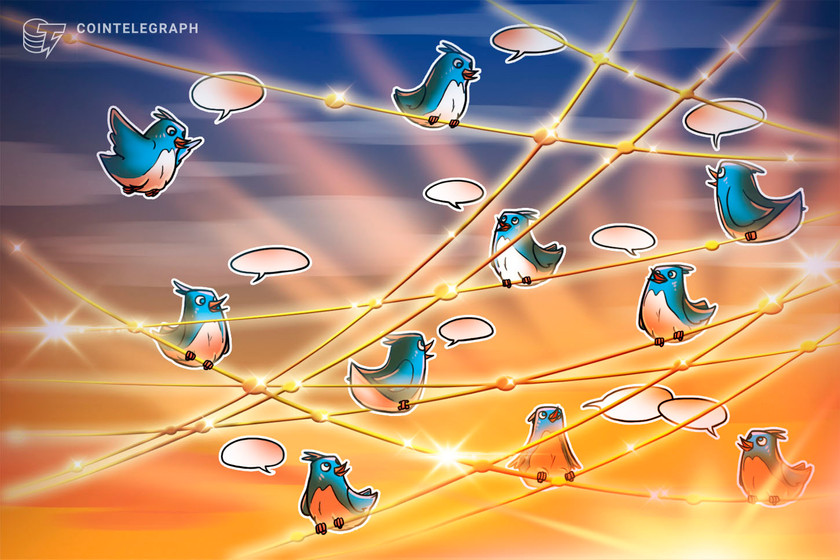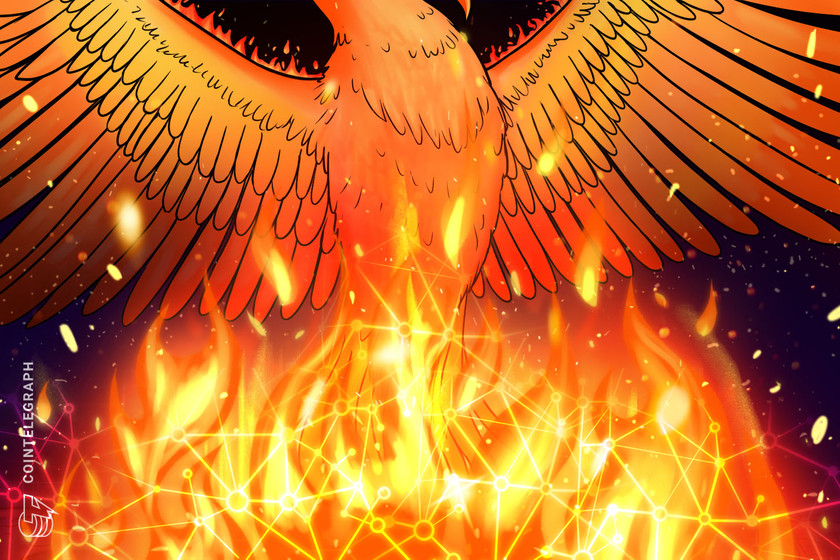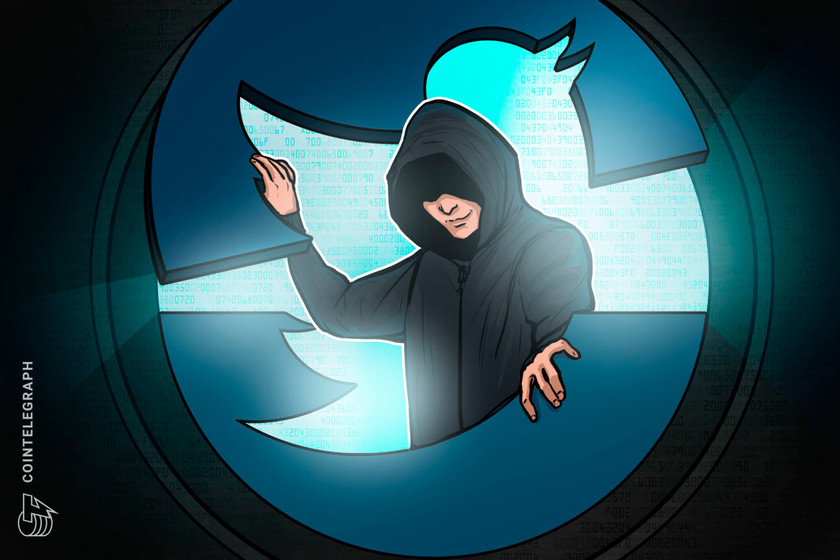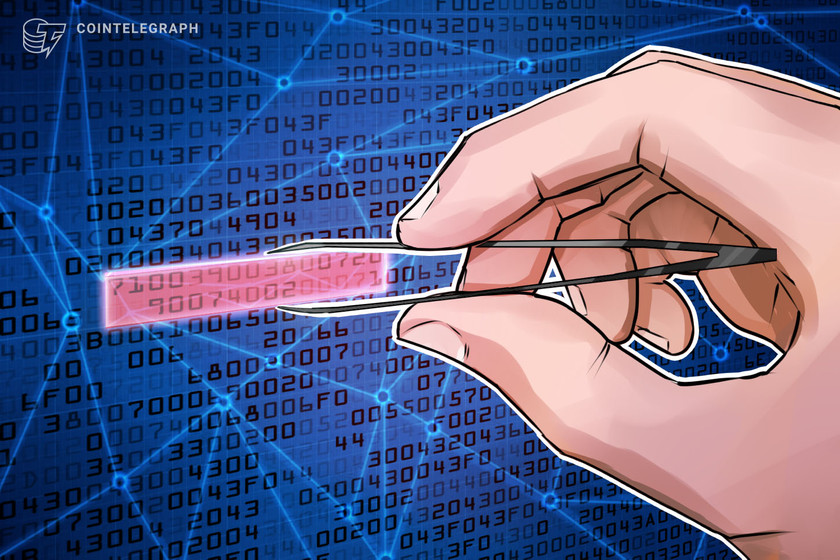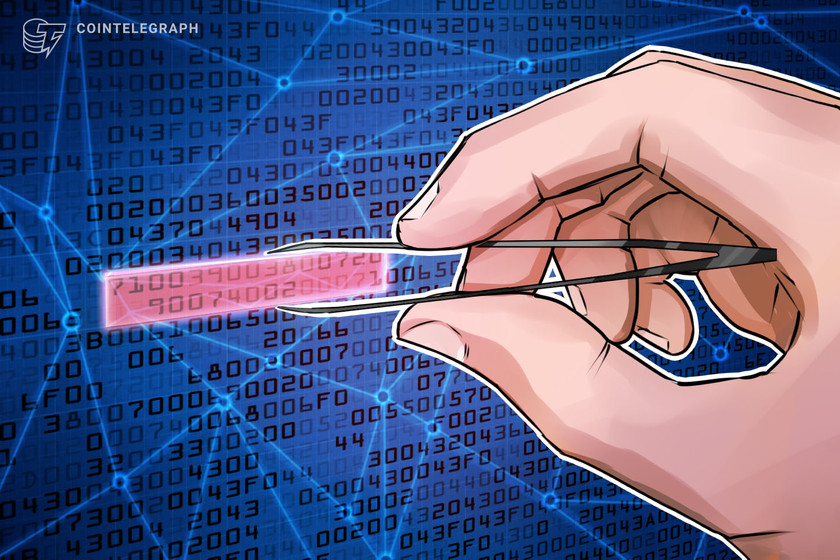How Crypto Twitter could change under Musk’s leadership


Musk has not been shy about touting his vision for Twitter in the past, flagging free speech and eliminating spam bots and fake accounts as particular points of interest.
Barring another change of heart and certain conditions to be met, Elon Musk’s acquisition of Twitter looks set to go ahead, prompting the question of whether some or all of the changes he initially hinted for the platform will become a reality.
The platform is a popular communication and news tool for crypto enthusiasts, users and investors, not to mention crypto scammers. The social media platform sees roughly 120,000 tweets per day about #Bitcoin alone, according to BitInfoCharts.
Looking back at Musk’s initial commentary when he proposed a buyout of Twitter could shed some light on what changes he envisions for the platform.
A focus on free speech, eliminating spam bots and fake accounts, an edit function, and possibly even crypto payments have all been considered and could still be on the agenda if the deal goes through.
Spam bots and fake accounts
One potential area of focus is around Twitter’s alleged spam bots.
During a TED Talk in Vancouver in April, Musk said that if his offer to buy Twitter were successful, a “top priority” would be the elimination of spam and scam bots from the platform, noting at the time:
“A top priority I would have is eliminating the spam and scam bots and the bot armies that are on Twitter.”
“They make the product much worse. If I had a Dogecoin for every crypto scam I saw, we’d have 100 billion Dogecoin,” he said.
He has proposed to topple them by “authenticating all humans,” and even made the statement: “We will defeat the spam bots or die trying!”
Issues relating to spam bots later became one of the key arguments Musk used to try to walk away from the deal.
Free speech, and the return of Trump?
Musk initially addressed his stance on free speech in a tweet back in April, stating at the time, “I hope that even my worst critics remain on Twitter, because that is what free speech means.”
In the months since, he has not publically changed his stance and elaborated on what that could mean for the platform, including a return of former United States President Donald Trump, who was permanently banned from Twitter following the Jan. 6, 2021, U.S. Capitol riot.
Musk stated in a May 13 tweet that while he thinks Trump should probably not run for president again because he is “divisive,” he does think he should be “restored to Twitter.”
Algorithm made public
Musk has also thought about making Twitter’s algorithm accessible to the public, even creating a poll that ultimately saw over 1 million votes and had 82% of respondents saying “Yes” to the proposal.
It’s not entirely clear what Musk has in mind, but it could mean allowing the software to be open for public inspection and allowing users to read the code, use it for their applications and make suggestions for changes to how it works.
Other ideas
Other ideas have either fizzled out or have already been implemented, such as plans to use blockchain technology and charging 0.1 Dogecoin (DOGE) per tweet or retweet, which Musk later said would not be feasible.
Related: Musk’s deal for Twitter looks set to go with original $44B price tag
Musk also had the idea of adding an edit button and long-form tweets. However, Twitter may have beaten him to the punch with the edit button after the platform revealed that option recently.
test went well, Edit Tweet is now rolling out to Twitter Blue members in Canada, Australia, and New Zealand!
US coming soon pic.twitter.com/7NNPRC0t1I
— Twitter Blue (@TwitterBlue) October 3, 2022
The crypto community continues to be divided over whether the move will be a positive move for the platform, but others have taken to poking fun at the whole situation.
Twitter headquarters offices after Elon Musk makes his first changes ⚠️@elonmusk pic.twitter.com/DSinQEtE7V
— Sir Doge of the Coin ⚔️ (@dogeofficialceo) October 4, 2022
Twitter appears ready to accept the terms of the deal, announcing in an Oct. 4 Twitter post it intends to close the transaction at $54.20 per share.






